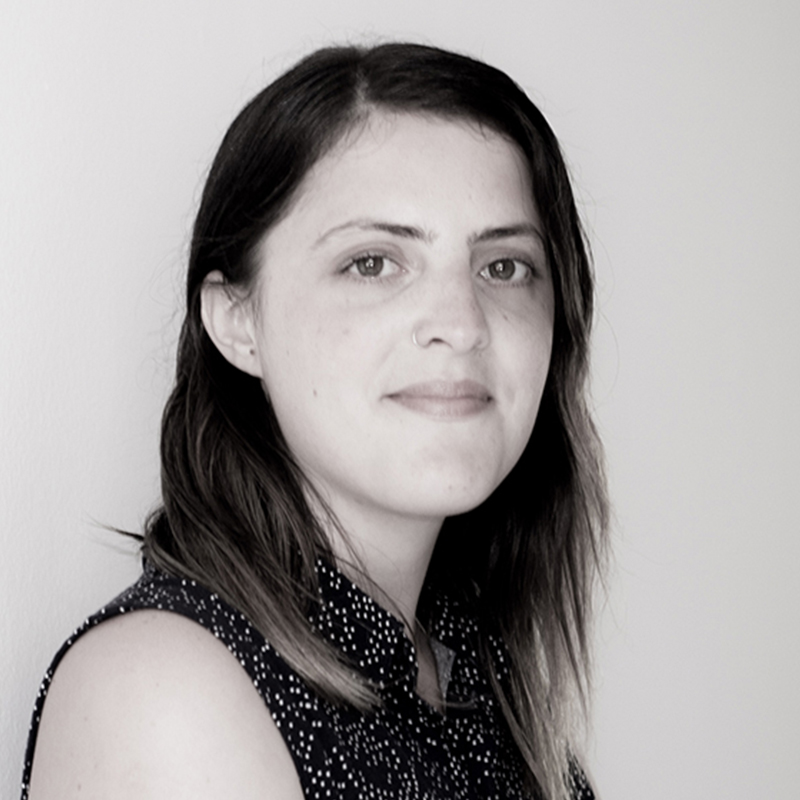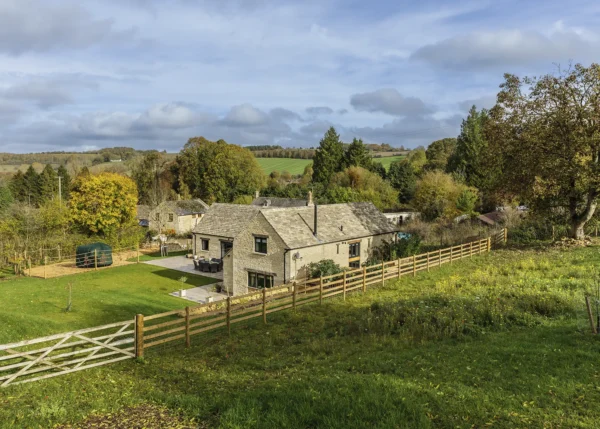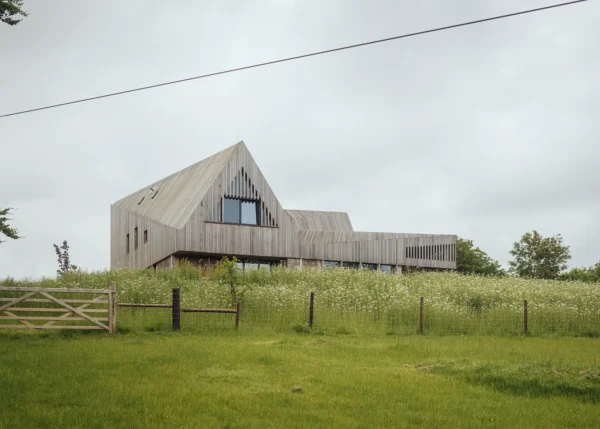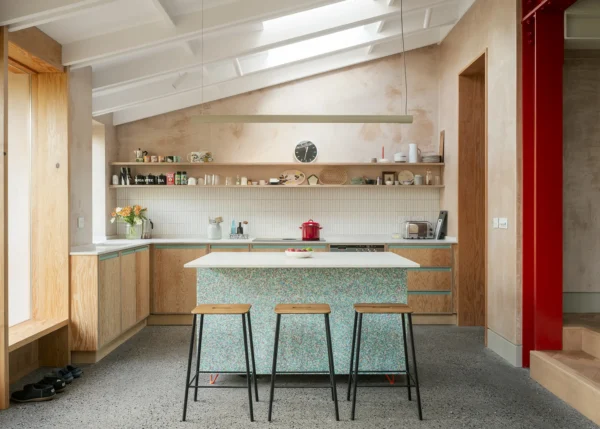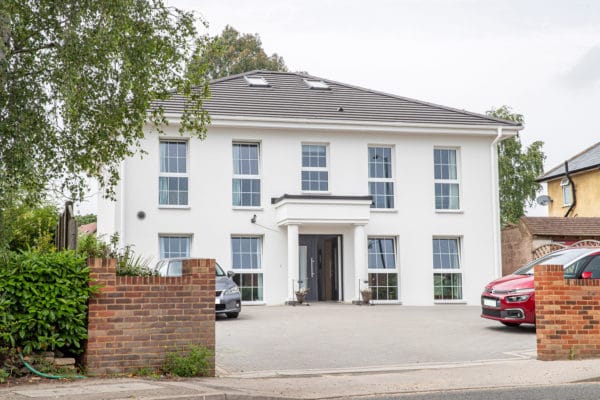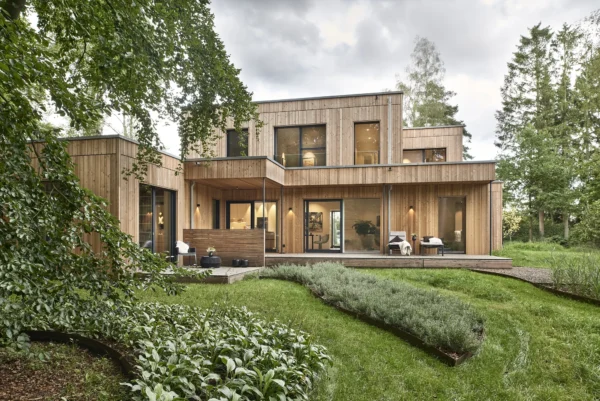Making a Community Self-Build Happen
When I first heard about Older Women’s Co Housing I was truly inspired.
A group of women aged 55 and over, had taken their housing matters into their own hands. The result, New Ground in Barnet, won Best Group Self-Build Project at the Build It Awards 2017.
The original premise was simple. Build a community for women – who would otherwise live alone – to come together and help each other in neighbourly ways.
Coming from a range of backgrounds and with their ages ranging from early 50s to late 80s, OWCH women share the determination to stay as self-dependent and active as they can.
But as I soon found out, their journey wasn’t necessarily smooth. It took nearly 20 years, and a lot of hard work, for these women to achieve their dream home.
I asked Maria Brenton, who was there from the start, to tell me about the group’s journey and how they overcame the many obstacles they encountered.
When did the Older Women’s Co Housing group start and why?
About 20 years ago I ran a workshop in London about co housing communities across Europe. I had reached out to women’s networks because that was the main focus of my studies.
I was interested in the subject of getting together at an older age to promote healthy and active lives.
After the seminar, a group of six women left for the pub and decided to start a community for older, single women who would share not only a place to live but core values, too. They got in touch with me to help them plan the project, and very soon after, I started looking for funding for the initiative.
We wanted to create a space for older women, who may find themselves living alone, to thrive and be independent thanks to the support of other of like-minded people.
During my research in Holland I found that the Dutch government offered a broad infrastructure of support and had a policy environment that welcomed and promoted initiatives for people building communities.
In the UK, however, things were very different. Local authorities and housing associations were not very quick to recognise this model, so it was an uphill struggle to make OWCH happen.
How did you secure funding to buy the land and build?
At the beginning we had help from the Rowntree foundation, which had backed my original research in Europe. They assisted us with communication – printing leaflets and reaching out to various networks – and lent us meeting spaces.
We received the same support from the Tudor trust during the final stretch in the last eight years.
We had originally been awarded a pan-London grant, but unfortunately that fell through. The difficulty with groups like ours is that everyone came from a different borough, and councils were reluctant to offer grants to anyone other than their own residents.
Then in 2009 , years after we started this project, I met Hanover’s CEO Bruce Moore, who had shown a keen interest in cohousing.
OWCH teamed up with the property developer, who found the site and bought the land even though no planning permission had been granted for a project like ours.
Hanover took care of construction and then subsequently sold the properties to the women.
Read more: Guide to Designing a Collective Self-Build
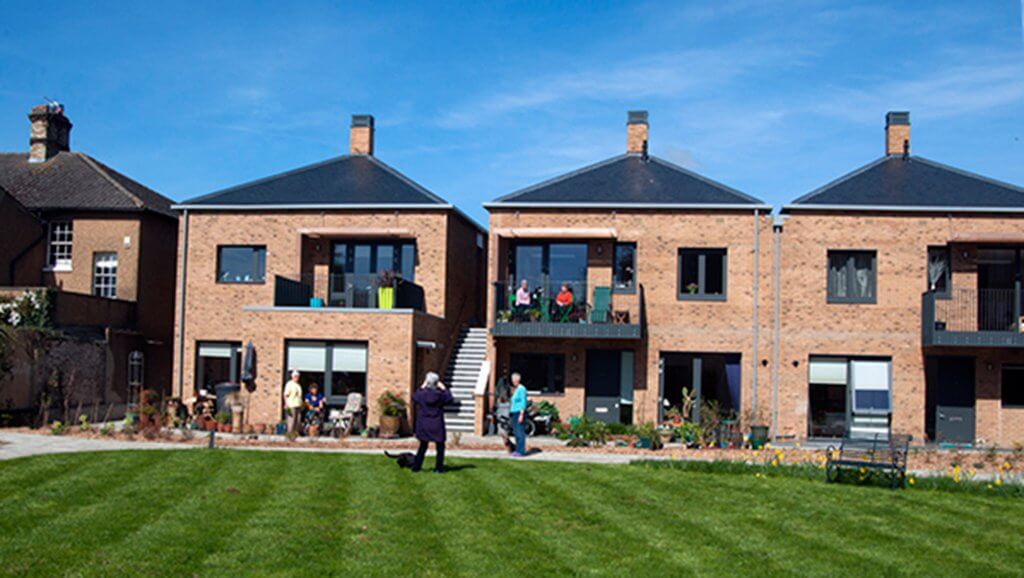
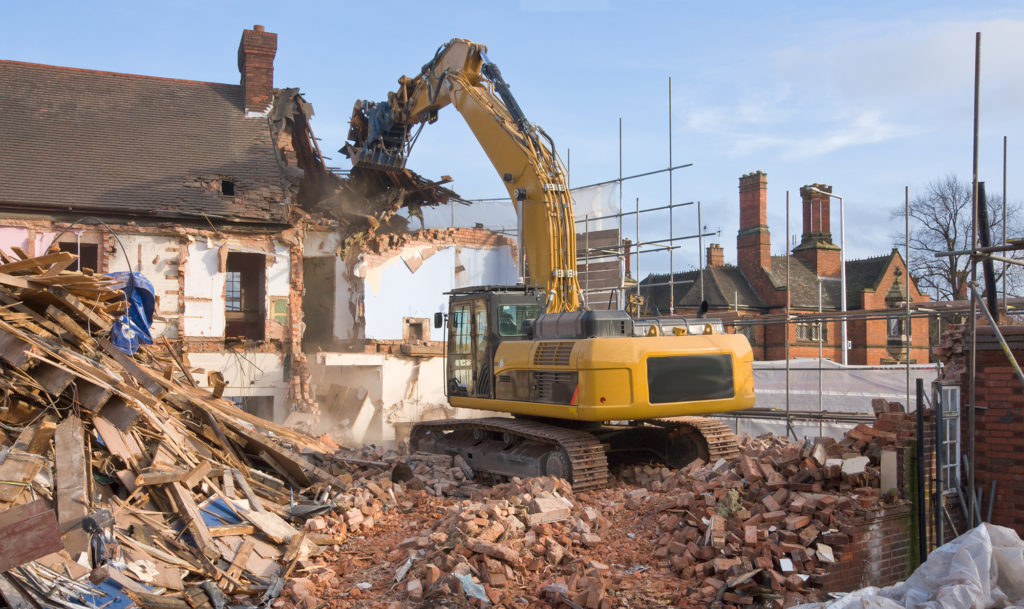
The community has eight social rentals. Even though this wasn’t a request from the council, the group always knew they wanted affordable options.
The Tudor Trust awarded the charity Housing for Women a grant, so that they could become the landlord managing the social rentals in New Ground.
Tenants have the same rights as homeowners and are involved with every decision.
What obstacles did you have to overcome?
The reality is that it was very difficult to secure funding, land and then planning permission.
Throughout nearly two decades we had to fight for our vision every step of the way and not give up. We looked for grants and had a few housing associations lending a helping hand, but interest from them would fizzle out after we kept running into more difficulties.
Even once we’d found a piece of land that met our requirements (London based, close to transport links and amenities), Barnet’s local authority was reluctant to give us planning permission to transform the grounds for residential purposes.
One obstacle was that they didn’t want to have more pensioners in the area, as they thought it’d strain their healthcare services even more.
Luckily, we were finally able to make them see that we were not a sheltered housing scheme, and that communities like ours have been shown to prompt healthier lifestyles for their residents.
Then, because the plot had formerly been a school, we had to change its building category under the planning rules. We spent nearly £25,000 doing all the number crunching about the need for education establishments in the borough.
Barnet had also requested we advertise the land in case anyone wishing to set up a free school wanted it. Of course the structure no longer suited modern education, so nobody tried to buy it.
Is there anything you would’ve done differenly?
We ran into a lot of difficulties trying to create this cohousing scheme, which is why it has taken us so long. But I really don’t think we could’ve done anything differently.
When we started there was absolutely no support available and we had to learn everything from scratch, so in a sense we paved the way for people who dream of this model to have the chance to make it a reality.
Recently, the government announced a relaunch of the Community Led Housing fund. This money will be used to invest and develop local services across the country to help groups who wish to take their living situation matters into their own hands.
There are also now more affordable services that can assist with legal paperwork, planning woes etc.
I believe, had we had this kind of support available 20 years ago, we would’ve realised our vision a lot sooner.
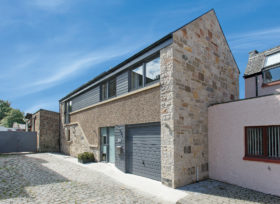
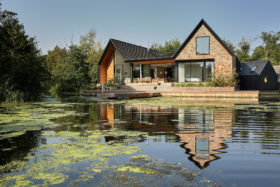


















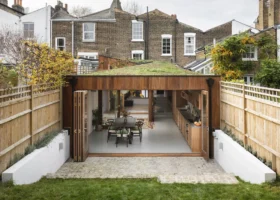

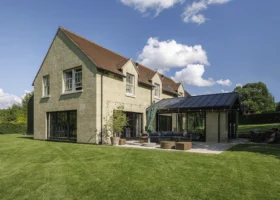
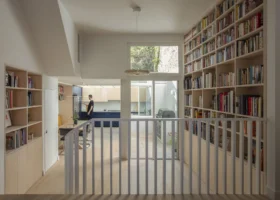
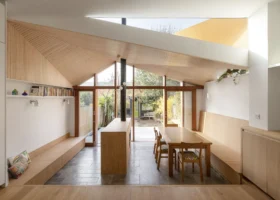












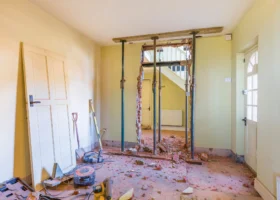












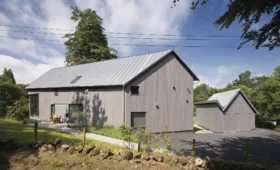









































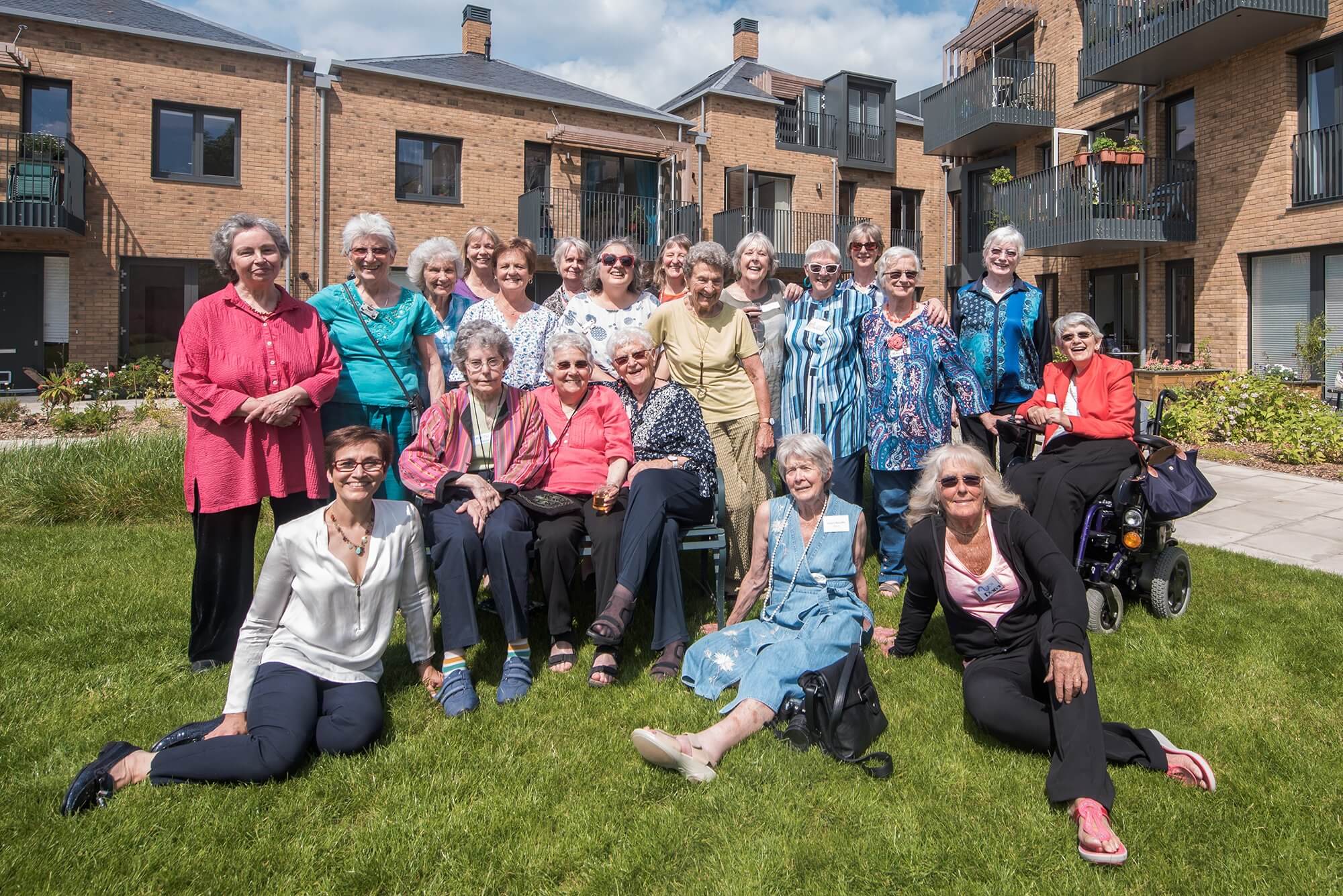
 Login/register to save Article for later
Login/register to save Article for later
